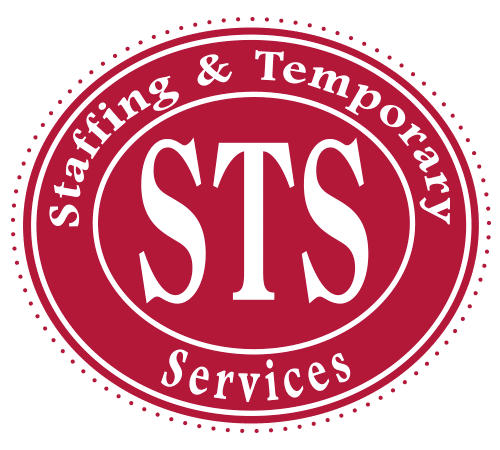In the summer of 2018, the Bureau of Labor Statistics reported that nearly 16.5 million people in the United States held contingent jobs. High profile industries such as coal and steel employed a mere 230,000. The statistics show a dramatic shift towards US businesses hiring contingent workers and a massive growth in this country’s gig economy.
The contingent workforce trend is no surprise when you think of all the money businesses are saving on the front-end during the hiring process. But there are several other obvious factors as to why modern companies should consider multiple contingent workforce strategies.
1. Safety in an Unpredictable Market
It’s no secret the US job market is flourishing right now. Unemployment is as low as it’s been in decades, and everyone seems to be hiring. But how stable is it? Having contingent workers on your payroll gives you the flexibility to manage how big your workforce is in relation to how much business is flowing in.
2. You Pay for the Work They Do — Nothing More
In business, there is always a point in the year when production slows down. Nobody seems to be busy, and you’re paying your employees to simply be at work but not actually work. Having a contingent staff allows you to pay your employees based on the amount of work there is to do.
If a big project comes through the door, hiring contingent workers based on project size will give you the flexibility to pay them until the project is over, then you can cut ties with them once work slows down.
3. Buys You Time
Contingent workers can also be used as a stopgap during a transition. A specialist can come in and do the job of an employee who has left. They can work while you focus on finding a replacement who is more interested in staying at your company long term.
4. Hiring Contingent Workers Is a Low-Risk Game
What allows you to have contingent workers come and go from your business is that they’re not official employees, and they don’t have the same rights to a severance package if they are let go.
If you bring someone on for a special project and it isn’t working out, or your project has ended, you can easily cut ties without digging into your wallet.
5. Cost Effective Hires
You will find having the right contingent workforce strategy will also save you money throughout the hiring process. You won’t have to spend excessive money on recruiting and training a new employee. Instead, you’ll have a pool of contingent workers who are experts and ready to work.
You also don’t have to offer contingent workers the same benefits you do for full or part-time employees. Here is a list of areas where you will save money hiring contingent workers instead of full-time employees.
- Health insurance
- Paid sick/vacation days
- 401k/Retirement plans
- Administrative hours related to onboarding
- Unemployment claims
6. They Are Specialized Hires
Some contingent workers are experts in a particular field or subject for specialized industries. They come to you with knowledge of the tasks they will be asked to perform. This helps you seamlessly integrate them into projects and saves your manager time because they won’t have to train them on specific skills and processes.
7. Gives Other Employees More Time to Do Their Jobs
If you and your team aren’t prepared to lose a member of the team, you can find yourself scrambling to stay ahead when you take someone’s 8 hours per day out of the equation. Members from other teams might be called over to help, in turn making them less productive on the tasks they were hired for.
Juggling too many tasks can have a negative effect on workers, so it’s best to plug the gap immediately. Contingent workers allow you to do just that and can prevent added stress on other team members.
8. They’re Mobile
Depending on the industry, some contingent workers can complete their tasks out of the office. This allows flexibility in several areas.
Logistical issues are taken out of the equation. You won’t have to worry about their parking situation or where they will sit in the office. They’ll have their own laptop and can work from virtually anywhere with a Wi-Fi connection.
Online project management tools allow businesses to stay connected without a word spoken face-to-face. Contingent workers are familiar with communicating and completing projects through online programs. They can also send you their billable hours and show you proof of what they worked on from miles away.
Formulate Your Contingent Workforce Strategy
Each business is different. A small mom and pop shop has different challenges than the 50-employee startup or the multimillion dollar corporation. Figuring out what’s best for your company is the trick.
Once your company decides to start hiring contingent workers, consider a staffing agency to help develop your strategy and fill your positions.
STS Staffing has the expertise you need to fill positions that require specific skills and knowledge. Our staffing services include a thorough vetting process for each candidate so you know your contingent hire will work perfectly within your strategy.
Learn more about our staffing services and how we can get your business up to speed with the contingent workforce trend.

